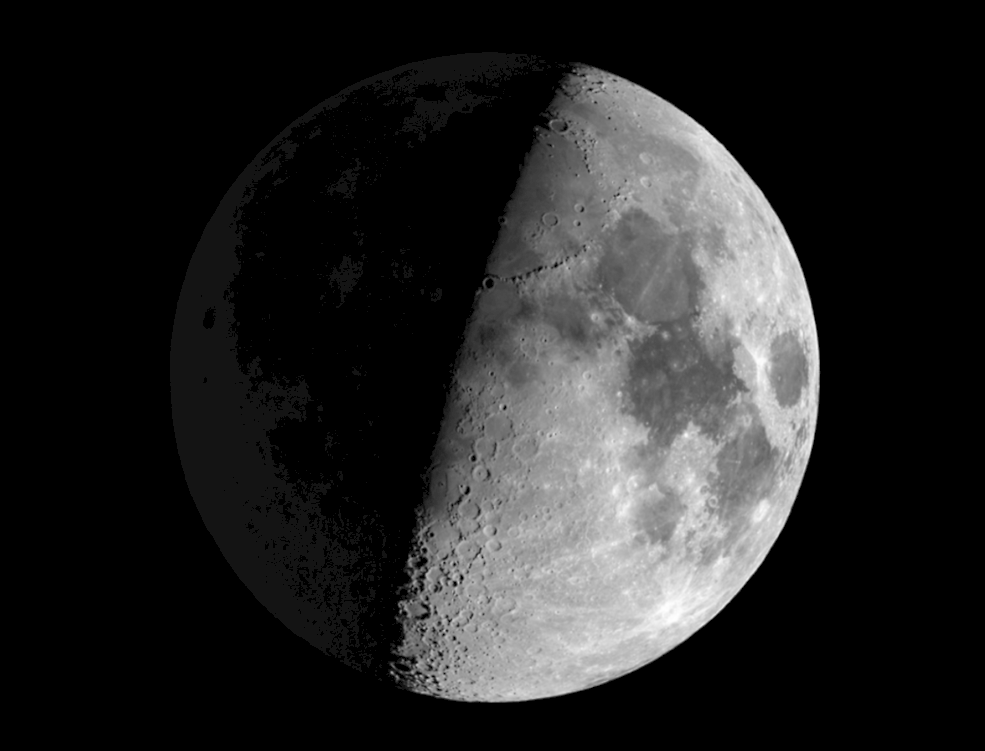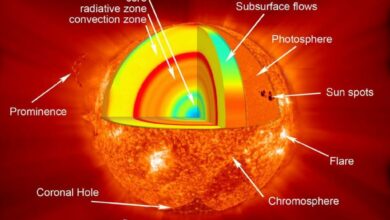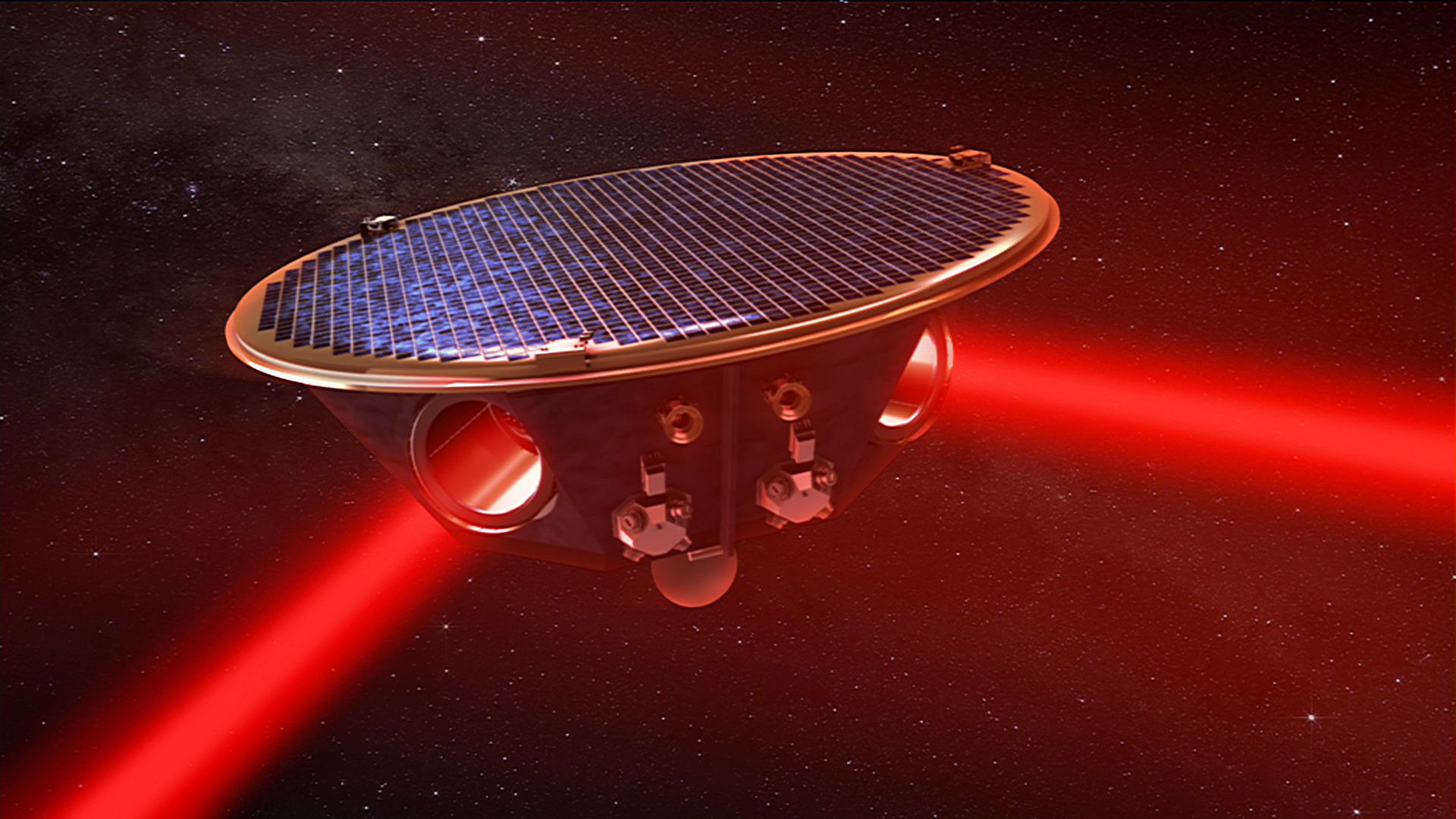NASA Invests $45M in US Small Businesses for Space Tech Development

American businesses will help NASA land astronauts on the Moon in five years and establish a sustainable presence there, as part of the agency’s larger Moon to Mars exploration approach. NASA has selected 363 proposals from small businesses and research institutions across 41 states to help advance the types of capabilities needed for those future missions, as well as to support the agency in other areas.
These selections have an estimated value of more than $45 million and are part of NASA’s Small Business Innovation Research (SBIR) and Small Business Technology Transfer (STTR) programs.
“We are excited about the entrepreneurial, innovative ideas that these small businesses are bringing to the table,” said Jim Reuter, associate administrator for NASA’s Space Technology Mission Directorate (STMD). “The technologies show great promise in helping NASA achieve its objectives across all mission areas, including our efforts to send American astronauts to the Moon, and then on to Mars, while also providing a long-term boost to the American economy.”
Nearly a hundred of the selected companies will be first-time recipients of a NASA SBIR or STTR contract. More than 20% of the businesses are from underrepresented communities, including minority and women-owned businesses.
The selected proposals will support aeronautics, human space exploration and operations, science, and space technology. The selections cover research and development for a variety of applications, such as:
- An intelligent rover wheel with integrated sensing and perception subsystems to improve mobility on the Moon and planetary bodies. The technology could also be used on Earth for autonomous tractors and other off-road vehicles.
- A laser-based mass spectrometer that could be used to search for life on other planets. The technology could also be used for habitat air monitoring and terrain mapping.
- A light-weight, deployable solar panel that leverages recent advancements in thin film solar cell technology. It rolls into a compact cylinder for storage, as opposed to conventional rigid solar panels that require mechanical hinges.
- Technology that enables autonomous and safe operations of unmanned aircraft systems over long periods of time in cluttered, complex environments.
- A technique to generate crater maps faster and at higher resolutions than the best manual identification efforts. This could help NASA efficiently map surface features of the Moon and Mars.
- A simulation to screen, test and validate commercial off-the-shelf hardware that could be used for high-performance computing systems. The technology could help mission managers more efficiently select onboard electronics.
Proposals were selected according to their technical merit and feasibility, as well as the experience, qualifications and facilities of the submitting organization. Additional criteria included effectiveness of the work plan and commercial potential.
NASA’s SBIR and STTR programs encourage small businesses and research institutions to develop innovative ideas that meet the specific research and development needs of the federal government. The programs are intended to stimulate technological innovation in the private sector, increase the commercial application of research results, and encourage participation of socially and economically disadvantaged persons and women-owned small businesses.
The NASA SBIR and STTR programs are conducted in three phases:
- Phase I is the opportunity to establish the scientific, technical, and commercial merit and feasibility of the proposed innovation. SBIR Phase I contracts last for six months and STTR Phase I contracts last for 13 months, both with maximum funding of $125,000. The 363 selected proposals announced in this release are all in Phase I.
- Phase II is focused on the development, demonstration and delivery of the innovation. Phase II contracts last for 24 months with maximum funding of $750,000. Only small businesses awarded a Phase I contract are eligible to submit a proposal for a Phase II funding agreement. The latest SBIR program Phase II selections were announced in mid-May.
- Phase III is the commercialization of innovative technologies, products, and services resulting from either a Phase I or Phase II contract. Phase III contracts are funded from sources other than the SBIR and STTR programs.
The SBIR and STTR programs are managed for STMD by NASA’s Ames Research Center in California’s Silicon Valley. STMD is responsible for developing the cross-cutting, pioneering, new technologies and capabilities needed by the agency to achieve its current and future missions.
Charged with returning astronauts to the Moon within five years, NASA’s Artemis lunar exploration plans are based on a two-phase approach: the first is focused on speed – landing astronauts on the Moon by 2024 – while the second will establish a sustained human presence on and around the Moon by 2028. We will use what we learn on the Moon to prepare to send astronauts to Mars. The technology missions on this launch will advance a variety of future exploration missions.
For more information about NASA’s Moon to Mars exploration plans, visit:
https://www.nasa.gov/moontomars
For more information about NASA’s investment in space technology, visit:





